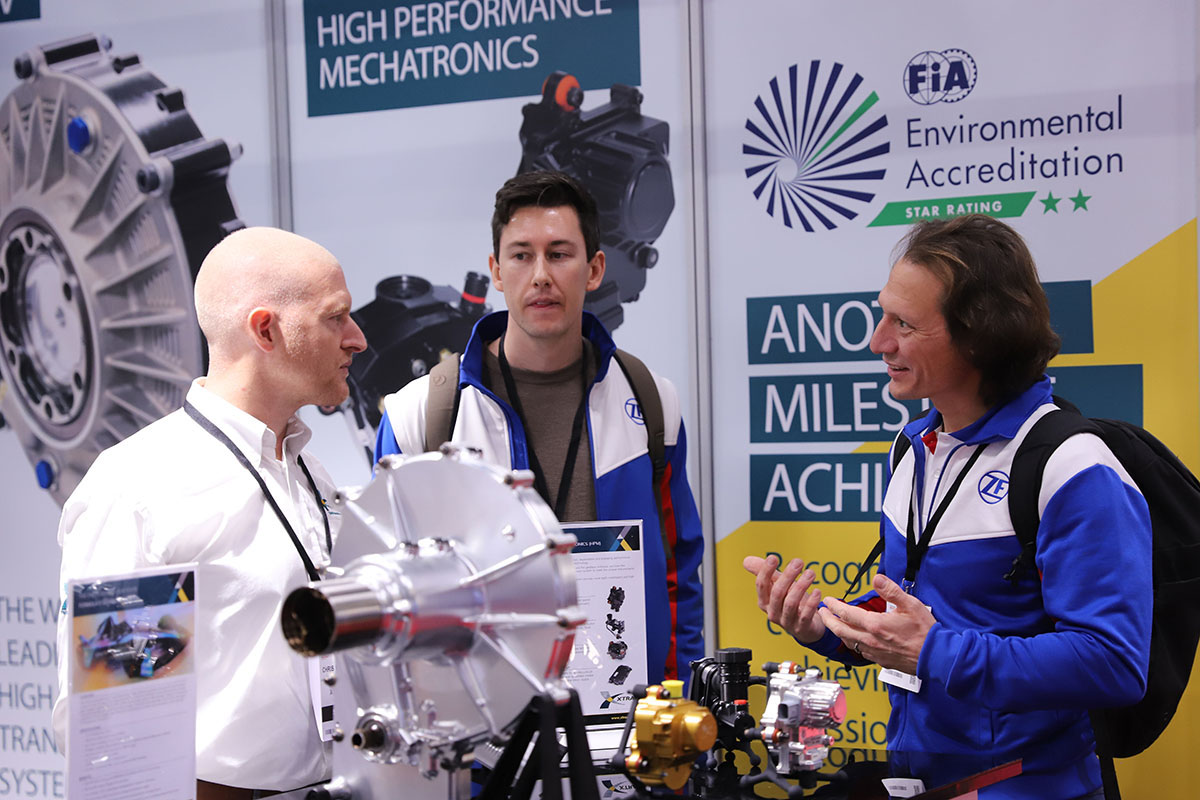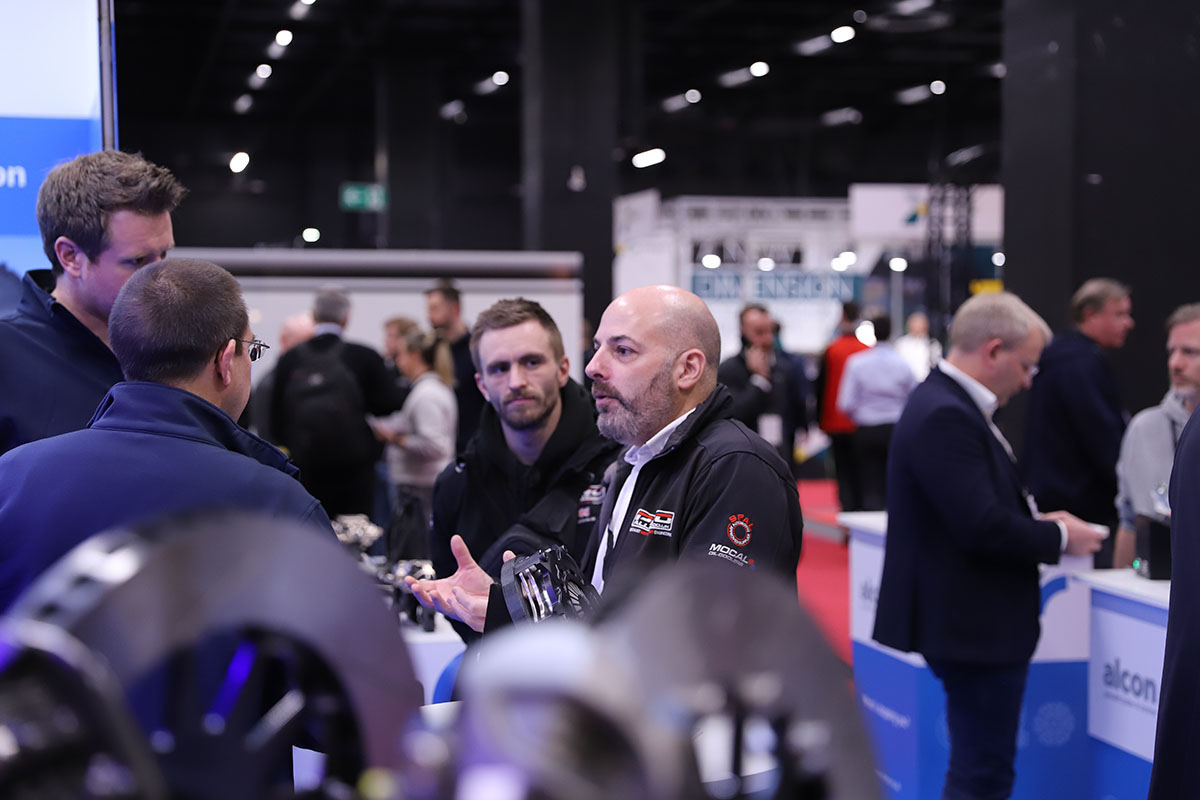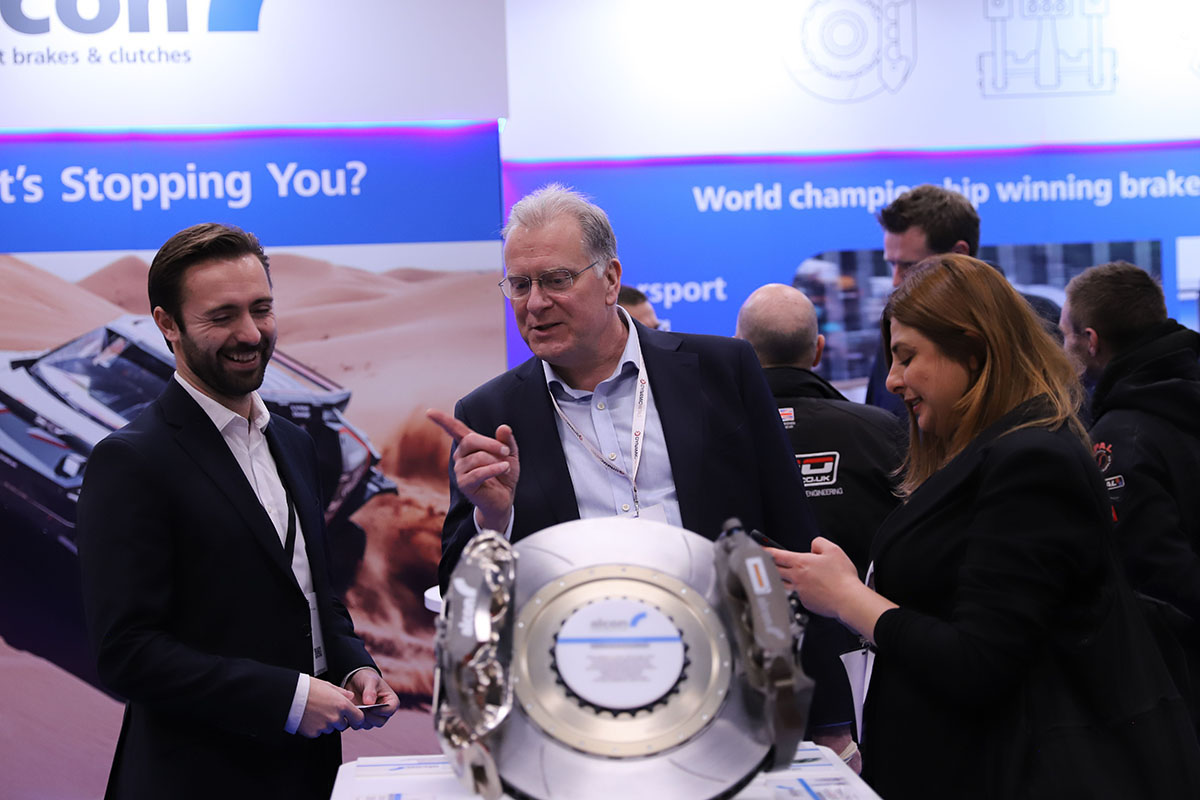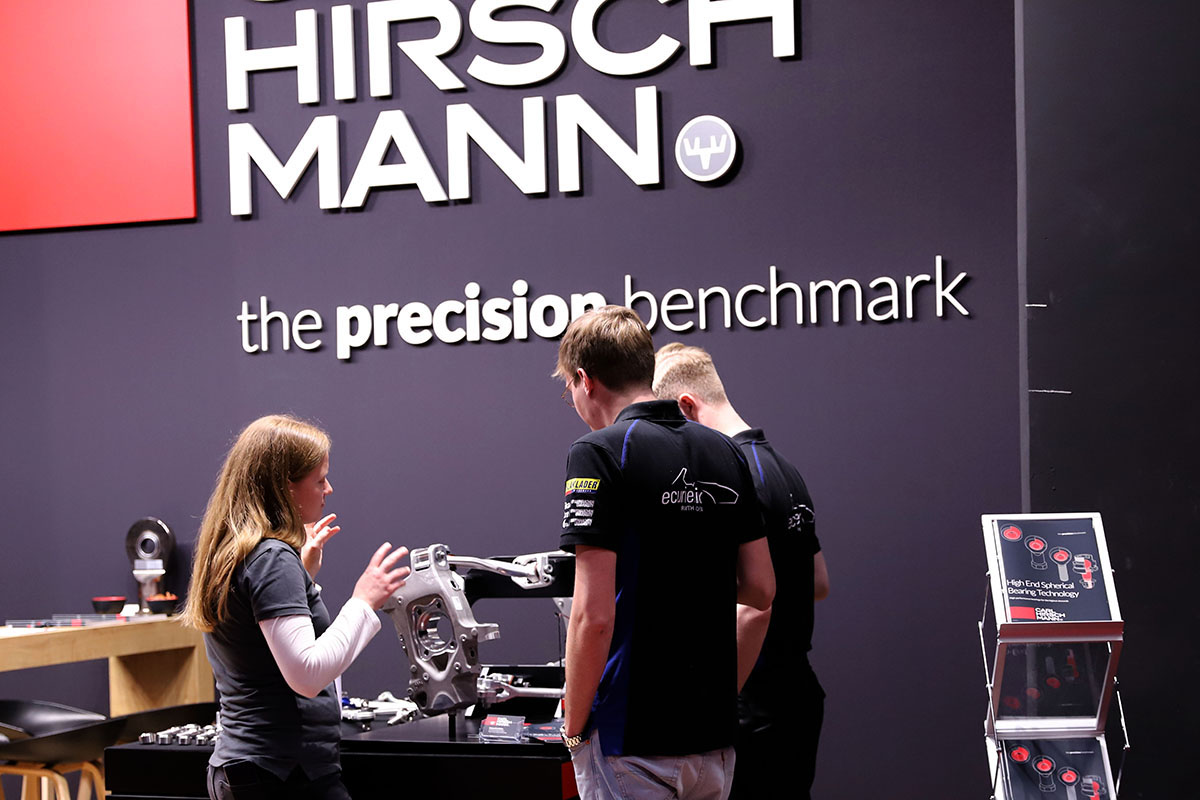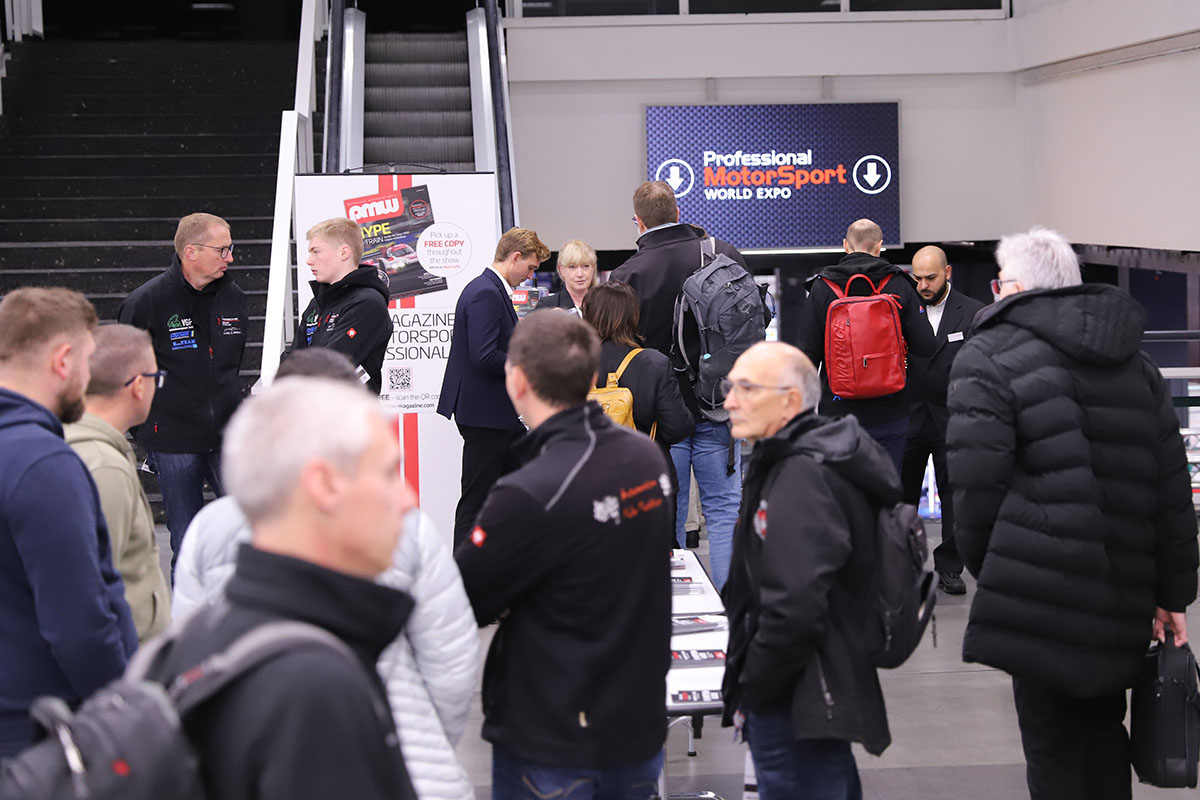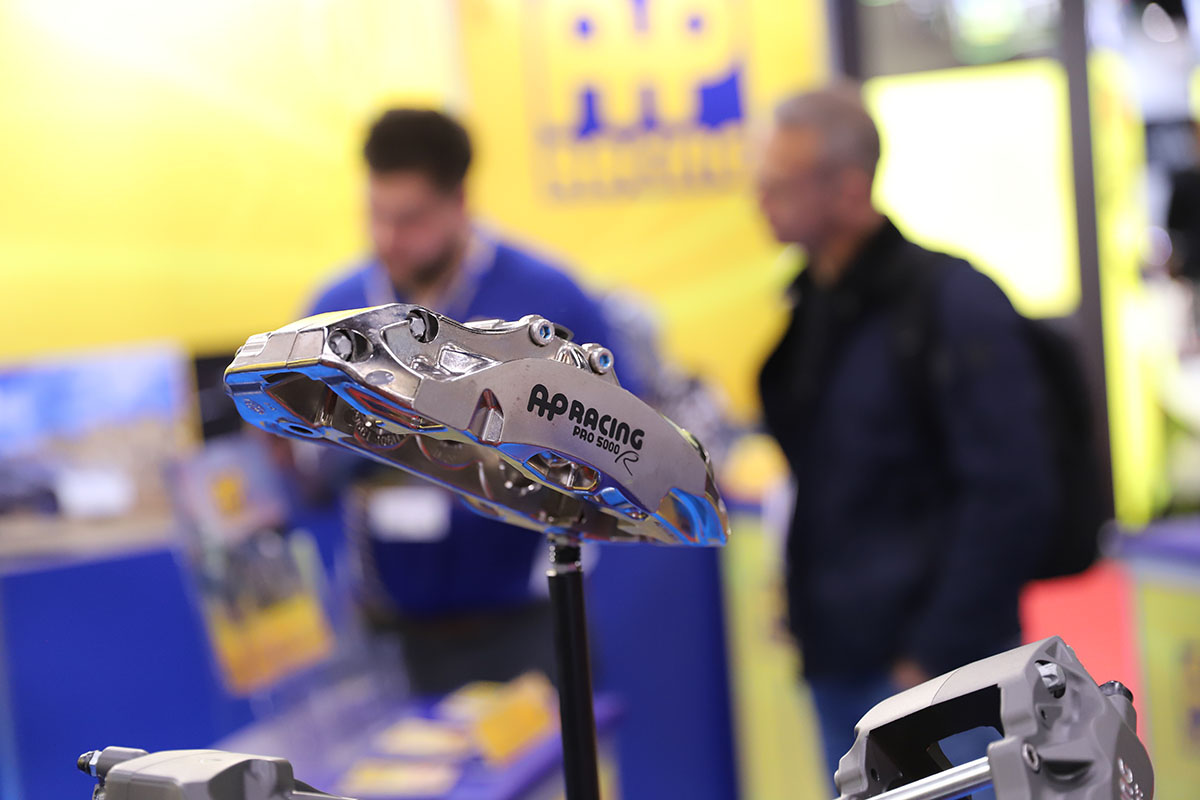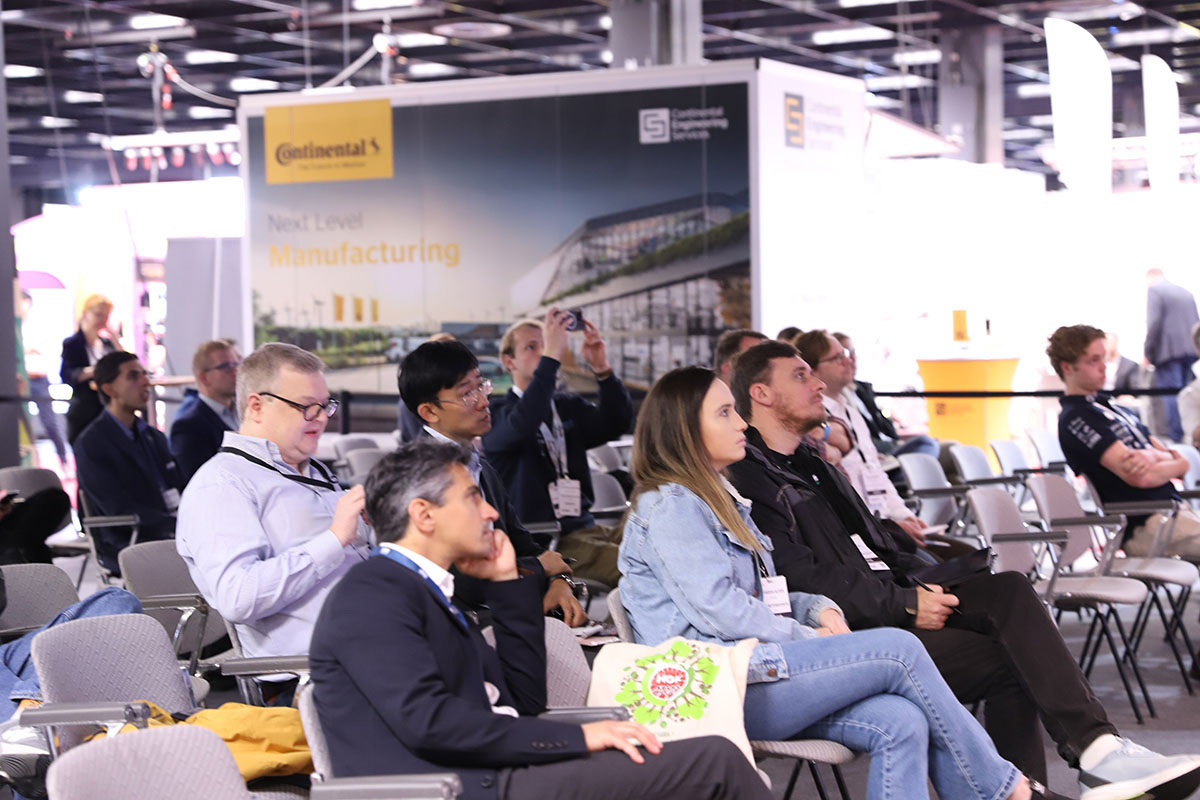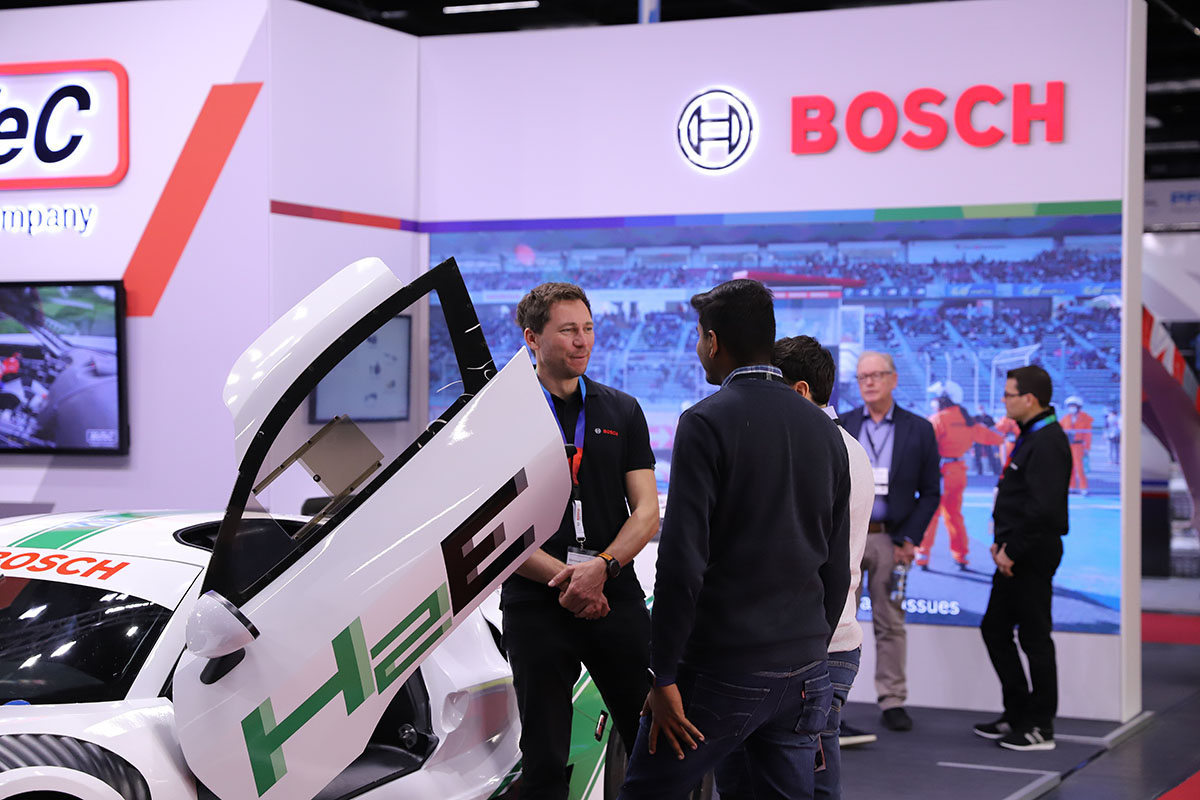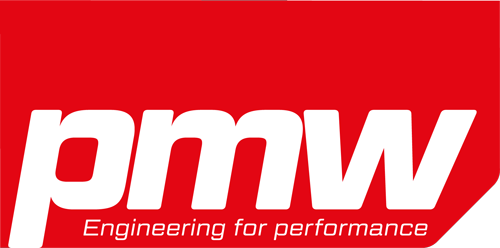
Engineering for performance
THE MOTORSPORT AND PERFORMANCE AUTOMOTIVE ENGINEERING SHOW

Engineering for performance
THE MOTORSPORT AND PERFORMANCE AUTOMOTIVE ENGINEERING SHOW

Engineering for performance
THE MOTORSPORT AND PERFORMANCE AUTOMOTIVE ENGINEERING SHOW

Engineering for performance
THE MOTORSPORT AND PERFORMANCE AUTOMOTIVE ENGINEERING SHOW

Engineering for performance
THE MOTORSPORT AND PERFORMANCE AUTOMOTIVE ENGINEERING SHOW

Engineering for performance
THE MOTORSPORT AND PERFORMANCE AUTOMOTIVE ENGINEERING SHOW

Engineering for performance
THE MOTORSPORT AND PERFORMANCE AUTOMOTIVE ENGINEERING SHOW

Engineering for performance
THE MOTORSPORT AND PERFORMANCE AUTOMOTIVE ENGINEERING SHOW

Engineering for performance
THE MOTORSPORT AND PERFORMANCE AUTOMOTIVE ENGINEERING SHOW

Engineering for performance
THE MOTORSPORT AND PERFORMANCE AUTOMOTIVE ENGINEERING SHOW

Engineering for performance
THE MOTORSPORT AND PERFORMANCE AUTOMOTIVE ENGINEERING SHOW

Engineering for performance
THE MOTORSPORT AND PERFORMANCE AUTOMOTIVE ENGINEERING SHOW

Engineering for performance
THE MOTORSPORT AND PERFORMANCE AUTOMOTIVE ENGINEERING SHOW

Engineering for performance
THE MOTORSPORT AND PERFORMANCE AUTOMOTIVE ENGINEERING SHOW

Engineering for performance
THE MOTORSPORT AND PERFORMANCE AUTOMOTIVE ENGINEERING SHOW

Engineering for performance
THE MOTORSPORT AND PERFORMANCE AUTOMOTIVE ENGINEERING SHOW

Engineering for performance
THE MOTORSPORT AND PERFORMANCE AUTOMOTIVE ENGINEERING SHOW

Engineering for performance
THE MOTORSPORT AND PERFORMANCE AUTOMOTIVE ENGINEERING SHOW

